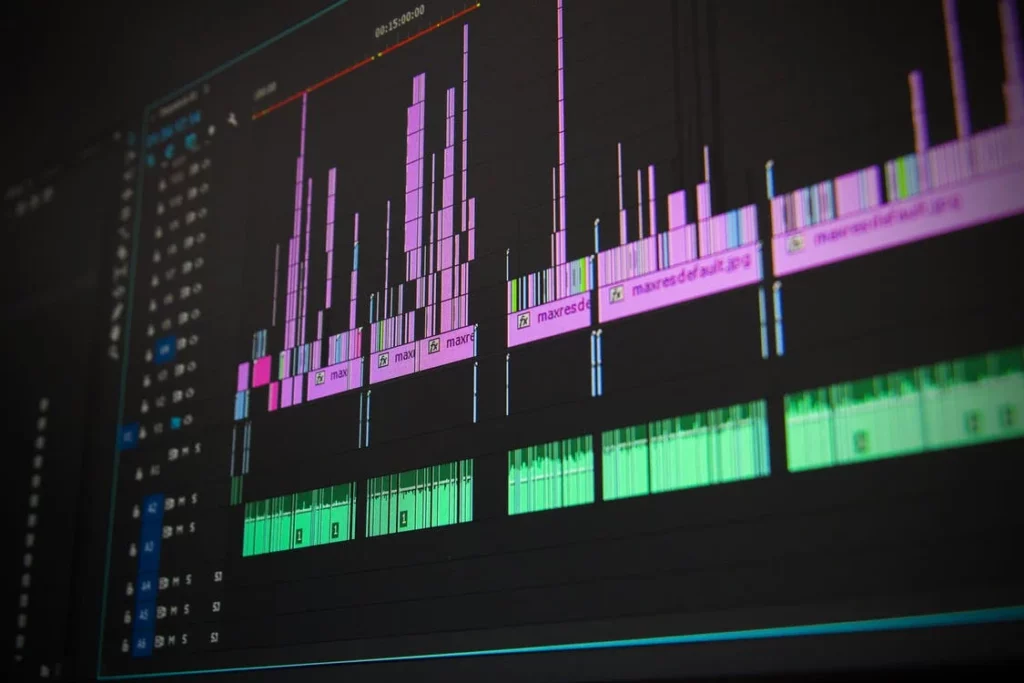Podcasts have become a dominant source of entertainment, news, and education for people around the world. Roughly 170 million people listened to podcasts in 2021, and that only includes the U.S. — it’s easy to imagine that number climbing up to (or even over) 300 million on a global scale.
And as more and more people add podcasts to their daily routine, the number of aspiring podcasters will skyrocket as well.
This growth has led to better, more accessible tools for people who want to start their own podcasts. But it’s also led to a huge spike in competition — competition for placement on podcatchers, competition for advertising partnerships, and competition for the attention and engagement of listeners.
And one of the best ways to attract and retain listeners is audio branding.
Action
Haven’t started your podcast yet? Before you dive in, check out our complete guide on how to start a podcast.
How to Grow a Podcast?
Before we dive into explaining sonic branding (or “audio branding”), let’s lay out the groundwork for why it’s so hard for you as a podcaster to grow your show.
On the one hand, you’ve got to pull listeners from other things, whether that’s binging a Netflix show or jamming to music or listening to another podcast. But you also need to convince those people to subscribe to your show and keep coming back. How do you do that?
According to a survey from Sprout Social, any podcast creator/host has limited opportunities to really convince a listener to keep coming back:
- Random search: 52.6% of listeners find new podcasts by searching in a podcast directory.
- Friend recommendation: 23.8% of listeners ask friends to find a new show. (This includes 1.7% of listeners who ask their social media followers for recommendations.)
- Industry recommendation: 18% of listeners take suggestions from podcast hosts they already like and trust. (This includes 3.5% of listeners who learn about a podcast when a guest or co-host talks about their show.)
- Web search: 5.5% of listeners find new shows by searching Google.
None of these are things that you can easily influence, short of buying ad space on Google or Facebook, or paying for a “good spot” on a directory like iTunes or Spotify. But they don’t address the obvious need of creating the kind of show that people want to come back to episode after episode.
It’s not about humor/personality, or interesting cohosts/guests, or provocative topics. What new listeners really expect — what they hope to discover — is a show that holds their interest, that speaks to them and helps them connect your show with some positive emotion or thought.
In other words, it’s the exact sort of “superpower” you can get by investing in sonic branding.
What is Audio Branding?
I could tell you that sonic branding (also known as audio branding) is “the sound of your brain,” but simplifying the term doesn’t really explain what it means or why it matters. So let’s walk around the dictionary definition and get to the good stuff.
What is sonic branding in a practical sense, and how does it relate to podcasting?
Think of audio branding as a sort of audio signature. For a podcast, that could be as simple as using the same intro and outro each episode. Or incorporating specific (and memorable) sound effects throughout the show, either to transition between segments or introduce a recurring topic or to add a little bit of humor. And in terms of how to integrate this idea into podcasts, you can probably already imagine the possibilities.
Podcasters are very much influencers in how they engage with people, build communities, leverage ad revenue (or Patreon revenue) to make it profitable, etc. A podcast has a distinct sound or “feel” in the same way that a YouTube creator’s videos have a particular look. This is what helps develop your unique online presence that sets you apart from other creators in your space.
Think about the best jingles you’ve heard. McDonald’s “bah-bah-bah-bah-bahhh” is probably the most irresistibly memorable one I can think of. In 2-3 seconds, this simple tune has me thinking about golden arches and cheeseburgers and how I didn’t realize I was hungry.
This is sonic branding — when someone can hear the first 5 seconds of something and instantly recognize what it is. That triggers different emotional responses, which in turns creates a sense of relationship or connection between those emotions and the trigger.
In this case, that trigger is your podcast, and hopefully those emotions are positive.
Why is Audio Branding Beneficial for Podcasts?
The obvious answer here is also the best one: Audio branding (or any kind of brand) for your podcast accomplishes several things. First, it establishes the show into a brand, which could allow for spinoffs or video content that can clearly tie back to your show.
Additionally, a defined brand has a psychological effect on listeners. Branding suggests a sense of professionalism or expertise, and that can really help you stand out. We started this article going over the extremely competitive field of podcasting, and even the simplest sonic brand can turn your show into a trusted voice in your specific topic/sphere/niche.
Building a successful brand isn’t all that different from creating a podcast. (In fact, the work you already put into starting your podcast has already done a lot of the work for you.) It’s not enough to just have content, or even good content. People want to develop a kind of relationship, a level of trust and a knowledge of what to expect from that brand.
By thinking up and incorporating audio branding into your podcast, you’ll be able to push your show to the next level — both in production and in reputation with your listeners. And if there was ever a recipe for podcasting success, those two things would be key ingredients.
What About Branded Podcasts?
Yes, the obvious way to approach the idea of branding for a podcast is a branded podcast. (It’s in the name, after all.) Those can be extremely valuable for businesses, giving the organization a way to build a different and more personal relationship with its audience.
According to an NPR study, 75% of people who listen to branded podcasts take action. That doesn’t always mean they convert to customers, but it could be following a brand on social media or subscribing to the podcast, opening themselves up to a relationship with that company.
The audio branding of that podcast plays a big role, especially because good branded podcasts don’t just push people to become customers. Instead, these shows focus more on a good understanding of audience needs, talking about interests or desires that will be of interest to people who would also be interested in that brand and its products.
That means it is up to the other parts of the show to maintain a cohesive brand image with what people might expect from the company. That could be a tone of voice (even if the content is different), the sound design (if the brand is known for a particular jingle), etc.
You can read more about branded podcasts here. And while this type of show may be relevant to you or your business, they’re not exactly the sort of branding we want to cover here. (Still, with how valuable branded podcasts are, it’s worth discussing them a little.)
When to Promote a Podcast?
Podcast promotion is a big topic unto itself, but sonic branding — and branding in general — can help you stand out when it comes to advertising and growing your show.
Any advantage you can find is a big deal, and a consistent brand shows a level of confidence and competence that avid podcast listeners expect from successful shows. And as you continue to build a base of subscribers, looking the part (or in this instance, sounding the part) can be your method of becoming the go-to option for people in your target audience.
A benefit of audio branding is that the mentality translates well into other fields. In our thorough guide to how to promote a podcast, you’ll see that two of the many ways to get attention for your podcast are how you use social media and whether or not you create a video version of the show (or just video content in general).
Developing a solid, relatable brand that connects with your audience and your niche can also be represented in your social media. Again, holding onto a consistent look and feel for your content helps establish you as an authority, an expert voice around your particular topic. And the explosive popularity of video and video podcasts on Youtube could provide a huge number of potential listeners who might never find you on a traditional podcasting service.
Your brand will become a tentpole for how people remember your show, and audio branding is an essential part of that for the medium of podcasting. How to build a recognizable image/sound, and then how you apply those efforts to branding across the board, could very well be the difference between getting 10 downloads an episode and getting 10,000.
Action
Need help promoting your show? We explain everything you need to know in our guide on how to promote a podcast.



